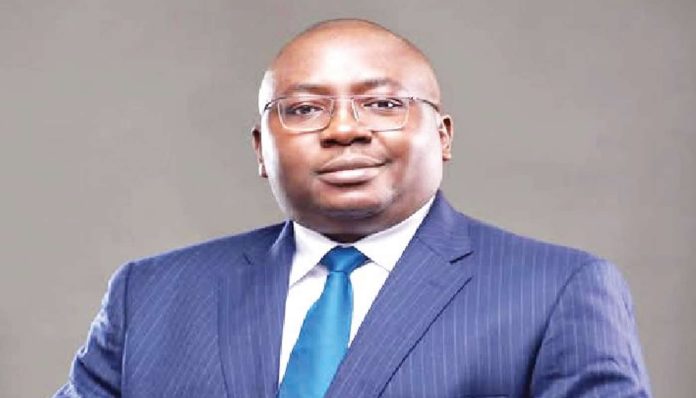Nigeria’s power grid continues to face challenges, struggling to sustain electricity supply above 5,500 megawatts despite government assurances of reaching 6,000MW. This is happening even as the Nigerian Electricity Regulatory Commission (NERC) recently transferred regulatory oversight in Bayelsa State to the newly established Bayelsa Electricity Regulatory Agency (BYERA), in line with the amended 1999 Constitution and the Electricity Act 2023.
The reform allows Bayelsa—like Lagos, Ogun, and Enugu—to regulate its electricity market, issue licences, and directly manage power generation, transmission, and distribution. According to Premium Times, Port Harcourt Electricity Distribution Company (PHED) must incorporate a subsidiary within 60 days to handle intrastate supply, with a February 20, 2026 deadline for full transition.
While this decentralisation empowers states, the bigger concern is the low capacity of Nigeria’s power grid. Despite an installed capacity of 13,625MW, plants generated an average of only 5,577MW in July 2025, according to NERC’s factsheet. This represents just 41 per cent plant availability. Average hourly generation was 4,340 megawatt-hours, marginally higher than June, but still far from meeting national demand.
Earlier in 2024, Minister of Power Adebayo Adelabu promised that generation would reach 6,000MW, rising to 7,000MW. In March, the grid briefly peaked at 6,003MW after a tariff adjustment under Band A pricing. However, this achievement lasted only a few days before supply dropped back to under 5,500MW, frustrating Nigerians who face persistent outages alongside higher tariffs.
The continued instability of Nigeria’s power grid has wider implications for economic growth. For the real estate sector, reliable power supply remains a game-changer. At PMW, we have noted how areas with stable electricity attract more housing investments and real estate development, as property values increase when infrastructure improves.
With Bayelsa now joining states that regulate their electricity markets, hopes are high that decentralisation will drive innovation and private-sector investments. Yet the question remains: will these reforms finally solve Nigeria’s decades-old electricity crisis, or will the country’s grid continue to hover below its true potential?



